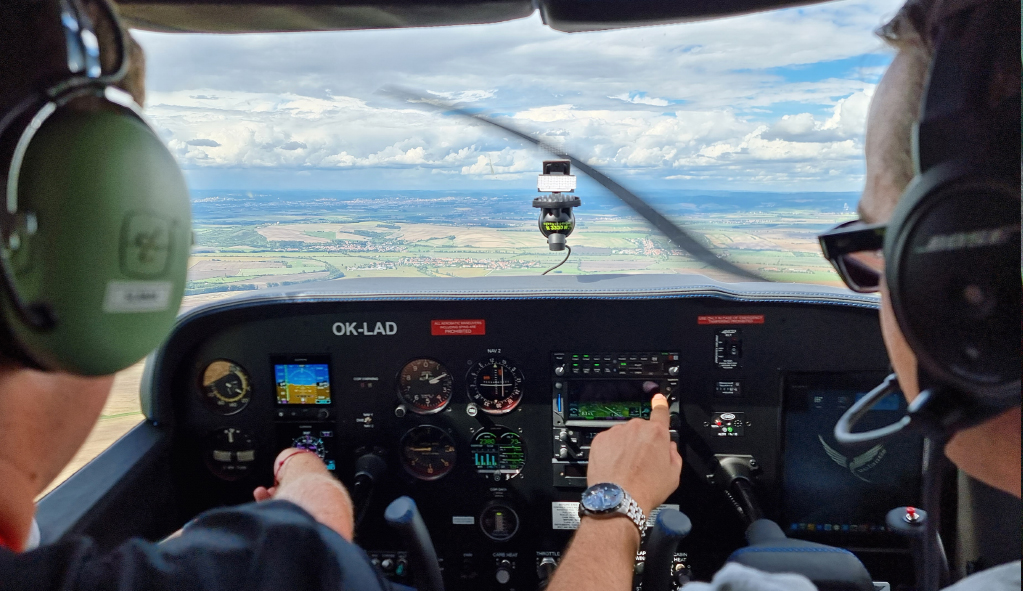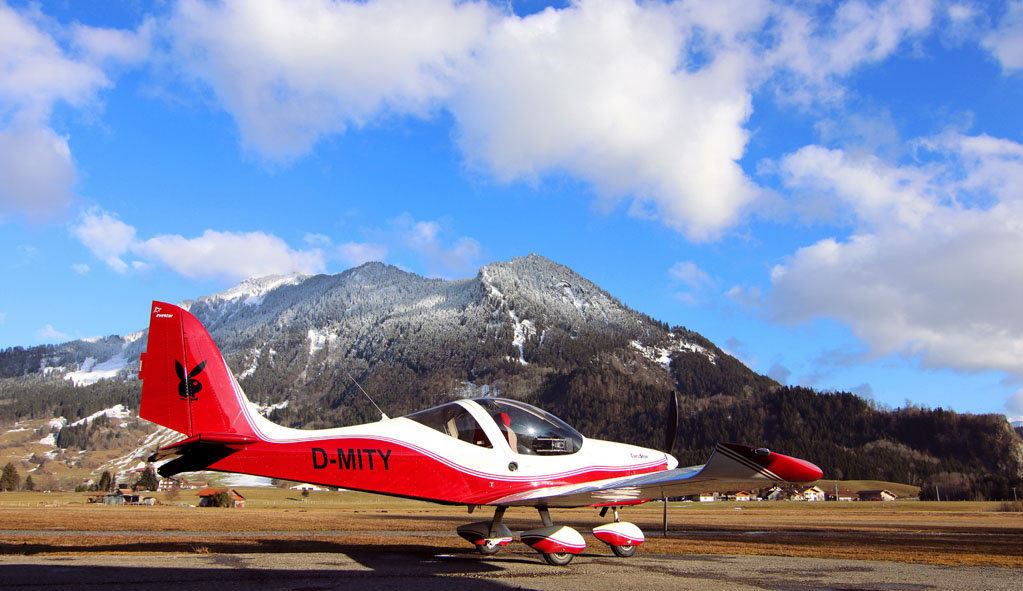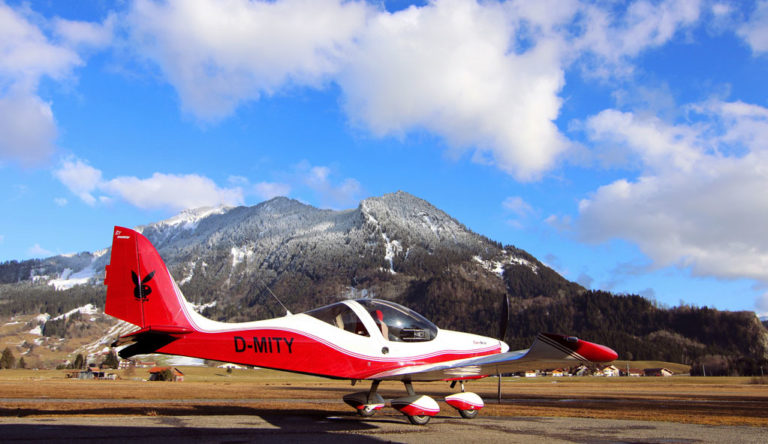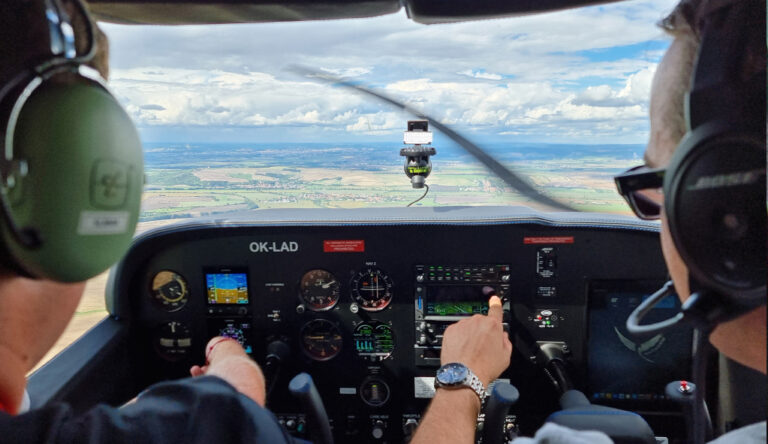Flight Instructor
Course Overview
Becoming a flight instructor is not just another license to add to your aviation resume. It’s an opportunity to take your passion for flying to the next level and share it with others. As a flight instructor, you have the privilege and responsibility of shaping the next generation of pilots and contributing to the growth of the aviation community.
Being a flight instructor also provides numerous personal and professional benefits. You will gain valuable teaching and leadership skills, enhance your communication and interpersonal abilities, and develop a deeper understanding of aviation and airnautical concepts. Additionally, you will have the opportunity to network with other pilots and aviation professionals, and potentially open up new career paths for yourself.
So, if you’re a pilot who loves to fly and wants to make a difference in the aviation industry, becoming a flight instructor is the perfect next step for you. It’s an exciting and rewarding journey that will challenge you, inspire you, and ultimately help you to become a better pilot.
Pre-Entry Requirements
- At least a CPL(A); or
- At least a PPL(A) and have:
- passed the CPL theoretical knowledge examination, which may be taken without completing a CPL theoretical knowledge training course and which shall not be valid for the issue of a CPL
- at least 200 hours of flight time on airplanes, of which 150 hours as PIC;
- at least 30 hours on Single Engine Piston (SEP) airplanes of which at least 5 hours shall have been completed during the 6 months preceding the pre-entry flight test set
- completed a VFR cross-country flight as PIC, including a flight of at least 540 km (300 NM) with full stop landings at 2 different aerodromes
- received at least 10 hours of instrument flight instruction on the appropriate aircraft category, of which not more than 5 hours may be instrument ground time in an FSTD;
- completed 20 hours of VFR cross-country flight on the appropriate aircraft category as PIC; and
- passed pre-entry flight test within 6 month before course start to assess ability to become FI.
- At least Class 2 Aviation Medical Certificate.
Course Structure
- Theoretical training lasts at least 125 hours and is mostly conducted through classroom instruction, and covers subjects such as teaching and learning processes, flight instruction techniques, and regulations related to flight instruction. The candidate must pass theoretical exams in order to proceed with the practical training.
- The practical training at Volantis Professional Flight School involves a minimum of 30 hours of flight instruction, of which 5 hours may be completed in a simulator. The candidate will learn how to teach basic flight maneuvers, instrument flying, navigation, and emergency procedures. During the training, the candidate will also learn how to plan and conduct flight lessons, and provide constructive feedback to students.
- Once the practical training is complete, the candidate must pass a flight test conducted by an examiner designated by the national aviation authority to obtain the FI(A) rating.
- The flight course is held as a private lesson, an instructor is available only for the client and the flight course is set based on individual expectations, time, and pace as per specific client needs.
- Unlimited account in AVIEE.io, specialized flight debrief software, is included. We make sure to enhance your flight experience, make your training most effective and provide you with another level of security.
- Duration: 2 – 3 months.
Contact Us




